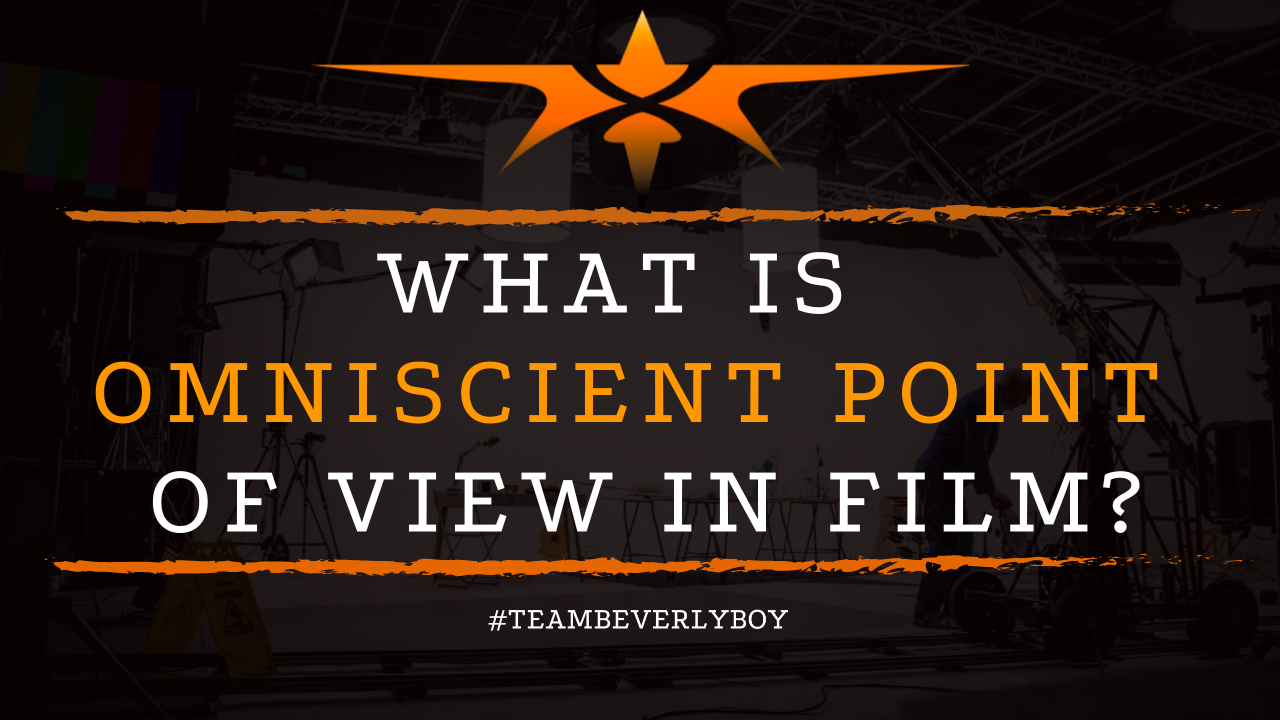
What is Omniscient Point of View in Film?
The point of view (POV) that you use in storytelling plays a key role in how your audience will experience the description and visibility of the world you’re creating for them. Throughout filmmaking, the use of third-person omniscient point of view is common. Allowing a glimpse into the character’s story. But exactly what is the omniscient point of view and how is it used in filmmaking?

What is Omniscient Point of View?
To understand how omniscient point of view works, one must first understand the differences between first, second and third person points of view. That’s because the omniscient point of view in film is represented as a third person POV, but it’s a little bit different.
Omniscient POV is like a narrator, telling the story in third person. But the narrator knows what each of the characters are thinking.
Narrator’s Perspective
Often, the omniscient point of view comes across as being told by the “author.” Omniscient third-person point of view basically shares the story from the narrator’s perspective as to what each of the character’s are thinking and feeling.
The narrator is not a character in the story, but may know everything that’s going on in the characters’ minds.
Head Hopping in Omniscient POV
There’s a challenge to writing any screenplay from an omniscient point of view and that’s the risk of head hopping. Head hopping occurs when you mistakenly skip from using what is known as a limited third person POV to the omniscient third person POV in the same scene.
The result would be that you would tell the story from the character’s point of view, back and forth between characters, rather than from the narrator’s POV.
Complications for Viewers
When you head hop, the scene becomes messy and hard to manage. It becomes incredibly difficult for the reader or anyone for that matter to know what’s going on because it’s difficult to know who is saying what.
To make sure you’re always writing in either the limited third person or the omniscient third person point of view. Make sure that you are clarifying how the story is delivered.
And where the narrative is coming from. There should be no struggle for the reader to know who’s saying what between the dialogue.
When to Use Omniscient Point of View in Film
You might be wondering when omniscient point of view should be considered for your film. And when it would make more sense to use another form such as a limited third person point of view.
Depending on the story, and the nature of how you wish to deliver your story. The omniscient point of view does have some benefits.
It provides the ability to give a wider, and less intimate approach to sharing the details. For some stories, this works out well. Especially if you want it to come off as distant.
And the goal is for the narrator to simply provide the opening details of the scene. Whereas the characters would then play out the more intimate parts of the story.
In Summary
So, what is omniscient point of view in film? It’s the use of a third person point of view such that the story is delivered by a narrator, or an author. And is shared as if the narrator knows everything that’s going on in the mind’s of all characters. Not just one or the other.


